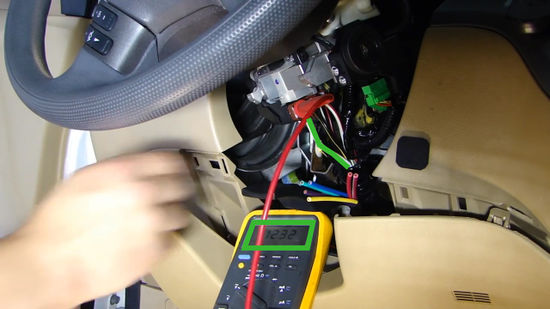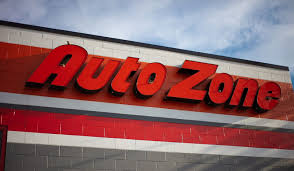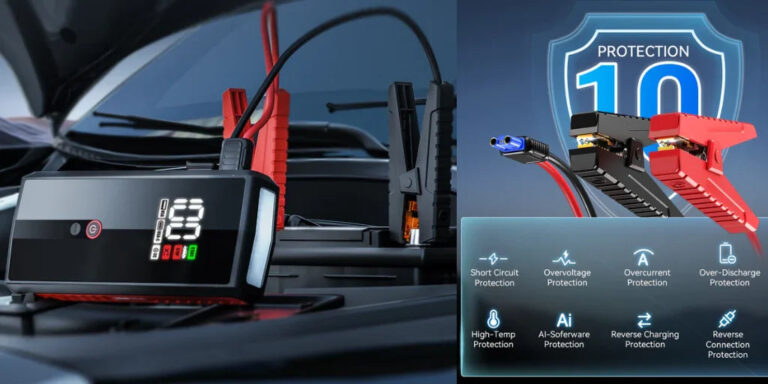Can You Get Remote Start Installed?

A remote start system is a convenient feature that allows you to start your car from a distance, making it especially useful during cold winter months or hot summer days. It enables you to warm up or cool down your car before you get in, providing comfort as soon as you step inside. But if your car didn’t come with this feature, you may be wondering, “Can you get remote start installed?” The good news is yes! You can install a remote start system in most vehicles. However, there are several important considerations to keep in mind before proceeding.
What Is a Remote Start System?
A remote start system allows you to start your vehicle from a distance using a key fob or a smartphone app. This feature can be especially useful for pre-conditioning your vehicle. During the winter, it allows you to heat the interior and defrost windows, and during the summer, it can cool your car down before you even get inside. Some systems also include additional features such as keyless entry, GPS tracking, and even vehicle diagnostics.
Can You Install Remote Start in Any Car?
In general, you can install a remote start system in most vehicles. However, there are certain factors to consider when determining if it’s possible for your specific car.
1. Age of the Vehicle
Most modern cars with electronic key fobs are compatible with remote start installation. However, older vehicles or those with traditional mechanical ignition systems may be more challenging to retrofit. The vehicle’s electrical system needs to be compatible with the remote start system, and the installation process may require more effort or additional parts.
2. Type of Key Fob
The type of key fob your car uses will affect whether a remote start system can be installed. Most vehicles with a keyless entry system and electronic ignition can support remote start installation. However, some older models with traditional keys may need additional components to make the system work.
3. Security Features
Some vehicles, especially newer models, may already have built-in security features, such as immobilizers, that could interfere with remote start systems. In such cases, professional installation and additional security measures might be needed to ensure compatibility.
4. Complexity of Installation
The complexity of the installation depends on the make, model, and year of your vehicle. Some cars have pre-wired connections for remote start systems, making installation easier. For others, more extensive wiring and modifications may be required, which could involve working with your car’s ignition system, security system, and electrical components.
Types of Remote Start Systems
When choosing a remote start system, there are different types available depending on your preferences and needs:
1. Key Fob-Based Remote Start
This is the most common type of remote start system. It uses your vehicle’s key fob to activate the engine remotely. The key fob usually has a button or sequence of buttons that enable you to start or stop the engine from a distance.
2. Smartphone App-Based Remote Start
Some remote start systems come with a smartphone app that allows you to start your car using your phone. These apps usually connect to the vehicle via Bluetooth, Wi-Fi, or cellular networks, allowing you to start the car from virtually anywhere.
3. Factory-Style Remote Start
This option integrates the remote start feature directly into your vehicle’s factory key fob. It’s often available for newer vehicles, especially those from manufacturers like GM, Ford, and Honda. This system is usually installed by the dealership and is seamlessly integrated with your vehicle’s existing features.
4. Aftermarket Remote Start Systems
Aftermarket systems are universal and can be installed in most vehicles, regardless of the make or model. These systems come in various configurations, including key fob-based, smartphone-based, or both. While they tend to be more affordable, they may not be as integrated or feature-rich as factory systems.
Benefits of Installing a Remote Start System
1. Comfort and Convenience
A remote start system allows you to pre-warm or pre-cool your car before you get in, making your driving experience more comfortable. It’s especially valuable during extreme weather conditions, such as freezing winters or scorching summers.
2. Improved Defrosting
During cold weather, remote start systems can allow the engine to warm up and help defrost the windshield, making your driving experience safer and more comfortable.
3. Increased Vehicle Security
Some remote start systems have features like a two-way communication system that alerts you if the car is tampered with or if someone tries to break into your vehicle. This can act as a deterrent to thieves and help protect your car.
4. Added Resale Value
Installing a remote start system may increase your car’s resale value. Many buyers see remote start as a desirable feature, particularly in colder climates.
Factors to Consider Before Installing a Remote Start System
1. Cost of Installation
The cost of installing a remote start system can vary depending on the system you choose, the make and model of your vehicle, and whether you choose to have a professional handle the installation. Aftermarket systems tend to be more affordable, with prices ranging from $150 to $500, while factory systems may cost upwards of $500 or more.
2. Professional Installation vs. DIY
While some aftermarket remote start systems are designed for DIY installation, they can still be quite complex, especially if you’re unfamiliar with electrical systems and wiring. Professional installation is usually recommended to ensure that the system is installed correctly and safely. Installation fees for professional services typically range from $100 to $200, depending on the system and complexity.
3. Compatibility with Your Vehicle’s Electrical System
Before installing a remote start system, make sure that it is compatible with your car’s electrical system. Some newer vehicles have more complex electronics that could require additional parts or steps for the system to work properly. Always consult with the manufacturer or installer to ensure compatibility.
4. Warranty Considerations
In some cases, installing a remote start system could potentially void your vehicle’s warranty, particularly if it involves modifying the car’s electrical or ignition systems. Be sure to check with your car’s manufacturer or dealership to determine if any warranties will be affected by the installation.
Conclusion
In conclusion, yes, you can get a remote start installed in most vehicles. Whether you choose a factory-installed system or an aftermarket kit, remote start systems offer comfort, convenience, and added security for your vehicle. Before proceeding with installation, be sure to consider factors like compatibility, cost, and the complexity of the installation. If you’re not confident in your ability to install the system yourself, it’s always a good idea to have a professional handle the installation to ensure that it’s done safely and correctly.
So, if you’re tired of freezing or sweating in your car before you even start driving, consider installing a remote start system and enjoy the luxury of a perfectly conditioned car every time you get in!





